WelcomeFree to subscribe to the latest information on motorcycle purchasing, usage, maintenance, and repair tips. Please indicate the source as Motorcycle World (mscmoto).
Not knowing how to use an oscilloscope when repairing a motorcycle
is really frustrating when encountering problems
A GY6 clone owner reported that sometimes the motorcycle does not accelerate. Since the user does not understand vehicles, they could not provide a description that would help diagnose the fault, so they left a phone number for me to assist in troubleshooting.
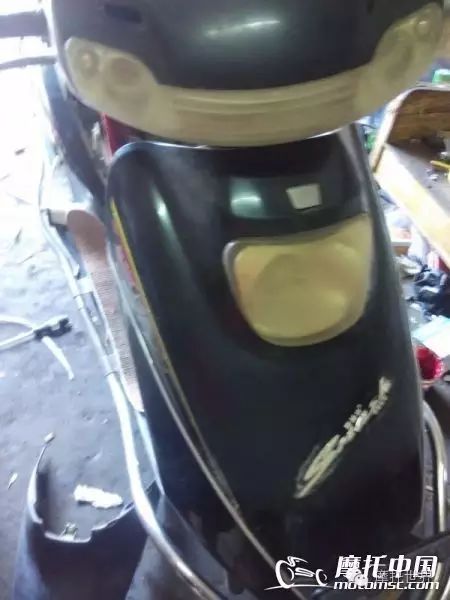
During a road test, I found that the motorcycle occasionally hesitated at speeds of around 70 to 80 km/h. Based on past experience, I thought it might be an electrical issue. I suspected that it could be a misfire, which is sometimes difficult to detect visually. Before having an oscilloscope, I used to rely on replacement methods to troubleshoot issues. Now, of course, I use an oscilloscope to observe the secondary ignition waveform. While holding the brake and applying some load, I found the waveform to be normal.
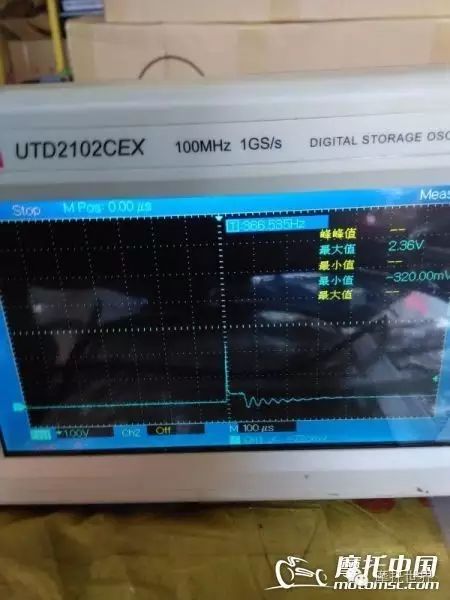
Next, I used the pressure waveform to check. This pressure sensor reflects different voltages under atmospheric pressure depending on the weather temperature. Today is very hot, and it reflects a voltage of 5.6V under atmospheric pressure.

At idle, it is clear that the gas phase timing is abnormal.
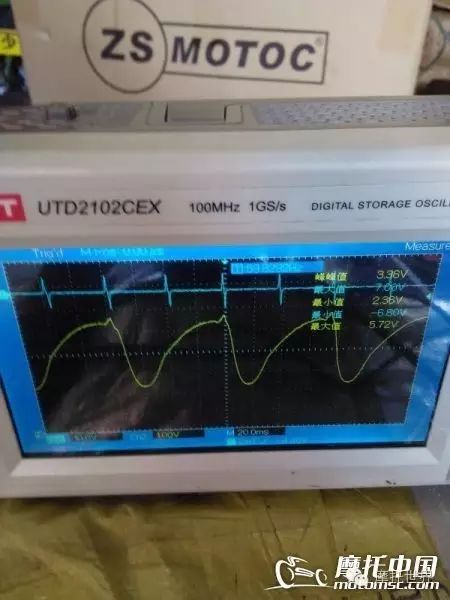
Looking at the waveform during the hesitation, I was even more certain that the fault was in the engine. Doesn’t it look a bit like a waveform caused by exhaust blockage? That’s what I thought at the time, but later I checked and found that the exhaust was new… If this waveform persists after removing the exhaust, I would also consider the camshaft issue.
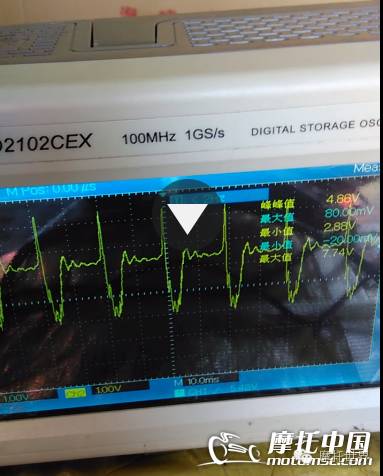
After diagnosing, I called the owner and informed them that the engine needed repair. After getting their consent, I removed the engine to check the tensioner, which still had one-third of its adjustment left.
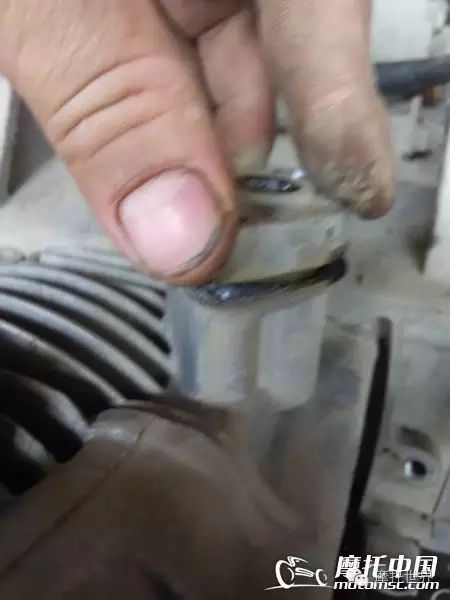
At the same time, I checked the intake valve, which had zero clearance, but the gas timing was half a tooth late.

Upon removing the camshaft, I found that it had already worn down, but the wear was very even, so there would not be a lot of noise. What puzzled me was that the small chain was not loose, so why was the gas timing half a tooth late? If anyone knowledgeable could help discuss this, please leave a comment below.
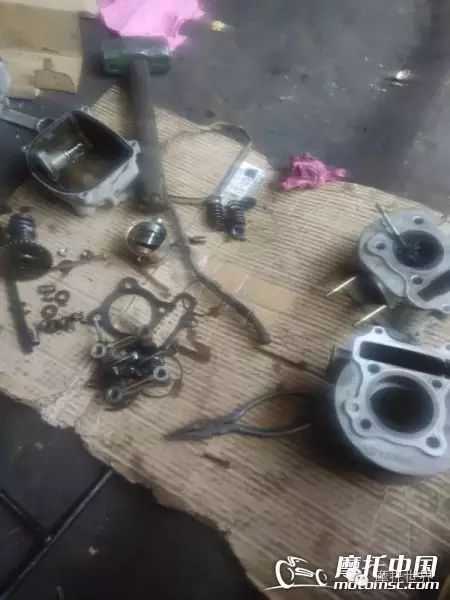
Since I had disassembled it, I replaced it with a new cylinder. When reassembling the camshaft, I found that no matter how I installed it, it would either be half a tooth late or half a tooth early. I preferred it to be early, so I reassembled it half a tooth early.
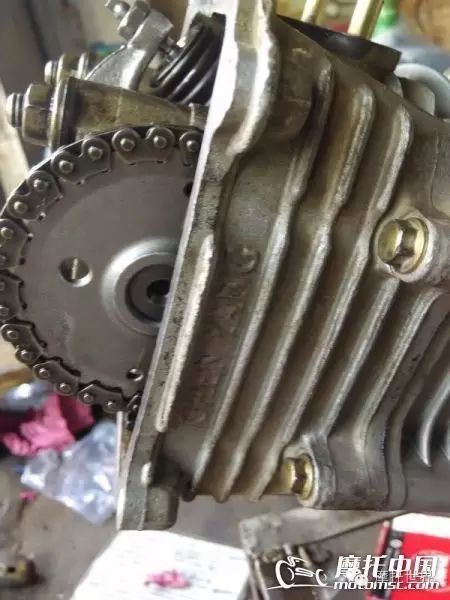
After assembling, I started the engine, adjusting the mixture while observing the waveform, and cleaned the carburetor thoroughly.
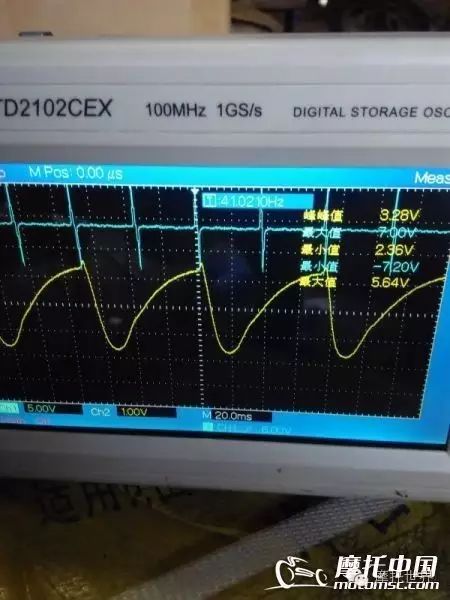
After adjusting, I conducted a road test and confirmed that the fault had been resolved.

Statement: Motorcycle World is the official WeChat account of Motorcycle China Network.
